We explain what Arid America is and the cultures that inhabited it. In addition, we discuss its economic activities, and describe its geography, climate, flora, and fauna.
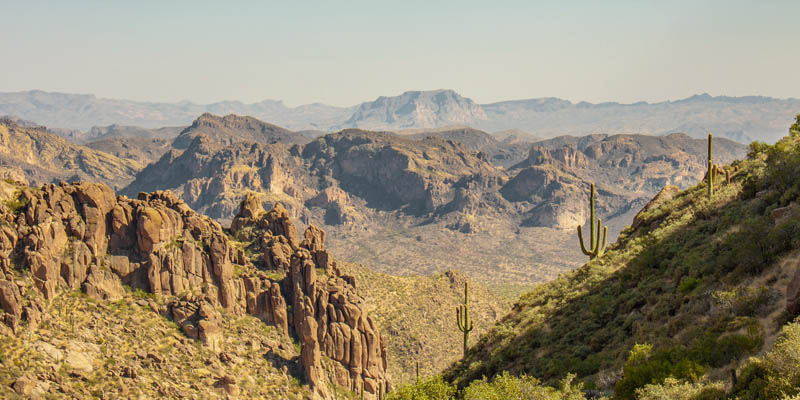
What is Arid America?
Arid America is the name given to a vast region encompassing the present-day territories of northern Mexico and the southwestern United States.
It covers most parts of the Mexican states of Tamaulipas and Nuevo León, the northern region of San Luis Potosí, Zacatecas, Durango, and all of Coahuila. It also spans Baja California and Baja California Sur, much of Chihuahua, and parts of Sonora, Hidalgo, Guanajuato, Querétaro, Jalisco, Sinaloa, and Aguascalientes.
In the United States, it covers the states of California, Nevada, Utah, New Mexico, and portions of Texas and Arizona.
The term Arid America was proposed by anthropologist Paul Kirchhoff in 1943 to define this climatic and cultural region characterized by a very dry climate and economic and social activities adapted to aridity.
- See also: Physical geography of the Americas
Climate, flora, and fauna of Arid America

Arid America is characterized by its vast, arid plains situated between two major mountain ranges: the Sierra Madre Oriental and the Sierra Madre Occidental.
Life in the mountains shaped the culture of the region’s indigenous peoples. Many of them lived in caves and developed a diversity of stone tools.
The climate of Arid America is marked by a lack of rainfall, with annual precipitation levels below 16 inches (400 mm). Temperatures are high throughout much of the year, with summer highs reaching 113°F (45°C). However, due to the wide temperature range, nighttime temperatures may drop to 32°F (0°C).
Regarding plant life, the arid environment supports the growth of xerophilous vegetation adapted to drought. Typical plants include deep-rooted species capable of storing water in their tissues, such as cacti, seasonal xerophilous shrubs, and yuccas.
Similarly, the fauna is well-adapted to the dry conditions. Reptiles are predominant, alongside mammals like foxes and coyotes, and a wide variety of insects, including spiders and beetles.
The rivers of Arid America have low water flow. Nevertheless, they have been and remain vital to the region's communities, providing water for human consumption and agriculture. Major rivers include the Colorado River and the Rio Grande, which in certain areas serves as a natural border between the United States and Mexico.
Economic activities of Arid America
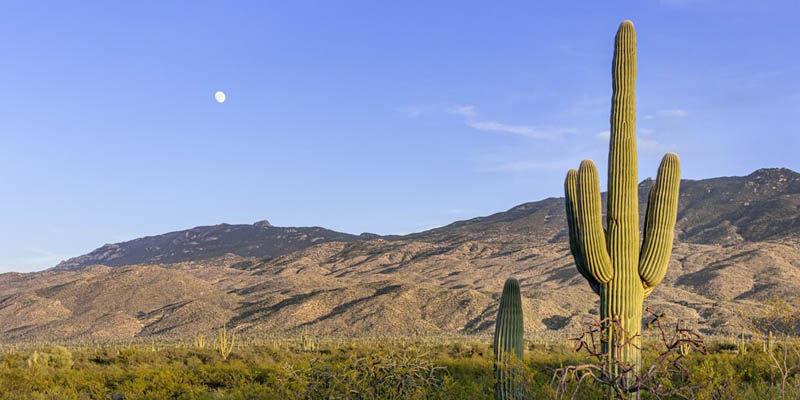
The harsh desert conditions have determined the activities of the peoples inhabiting this region.
Indigenous cultures were nomadic, foraging through the desert for the little food available. Hunting and gathering were key economic activities. They are also believed to have attempted some form of agriculture, mainly during the rainy seasons.
Nowadays, the main economic activities are:
- Agriculture and livestock farming. Drought-resistant crops such as maize and beans are grown. Likewise, animals adapted to the lack of rain like goats and sheep are raised.
- Energy production. The region hosts oil and gas extraction operations. In addition, its natural characteristics make it a prime location for renewable energy production, particularly solar and wind power.
- Mining. Minerals such as copper, silver, gold, and iron are extracted from the region’s mountain ranges.
- Tourism. Archaeological sites and stunning desert landscapes draw tourists interested in exploring the region's beauty and culture.
- Artisanal trade. The sale of handcrafted goods made by the indigenous communities is an important source of income for the region.
Cultures of Arid America
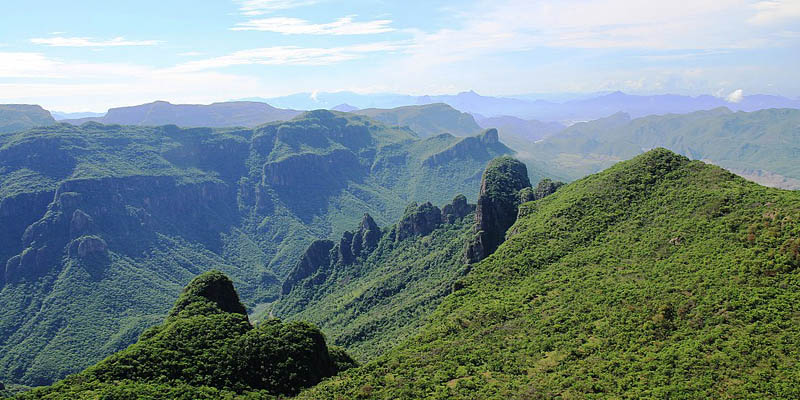
Arid America was inhabited by various pre-Columbian peoples including the Acaxee, Caxcán, Cochimí, Cucapá, Guachichil, Guamaré, Guaycura, Guarijo, Huichol, Kumiai, Mogollón, Opata, Hohokam, Pai Pai, Pericú, Tarahumara, Tecuexe, Tepecanos, Yaqui, and Zacatecos.
These cultures were divided into two cultural subregions within Arid America:
- Sierra de Tamaulipas. Located in northeastern Mexico, this region has been the site of significant archaeological discoveries, including some of the earliest evidence of agriculture in the Americas. Its most populated areas were Cañón del Diablo, Cueva del Diablo, Cueva de Nogales, and Cueva de la Perra.
- Desert of Chihuahua. Spanning the Mexican states of Chihuahua, Coahuila, Durango, and Nuevo León, this is the largest desert in North America, covering over 115,000 square miles (300,000 km²).
Indigenous peoples of Arid America
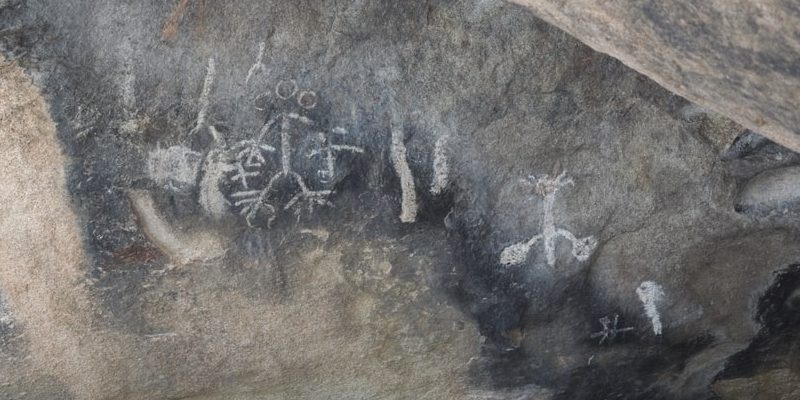
Most Arid American cultures were nomadic, not settling on a specific location. Therefore, they left little evidence of their economic and social organization.
However, part of their cultural heritage has come down to us in the form of cave paintings as have legacies of their work, including tools for tilling the land (from sedentary peoples), hunting weapons (from nomadic peoples), pottery, and burial sites (tombs).
Oasisamerica
Oasisamerica is a region within Arid America characterized by a greater availability of water in an otherwise arid environment.
It differs from Arid America in that, between 500 BC and 1500 AD, the population in this area adopted Mesoamerican cultivation techniques and utilized the Gila and Asunción rivers to abandon nomadism and adopt a sedentary lifestyle and sustainable food production.
Settlements were established in present-day Arizona, New Mexico, and California in the United States, and Sonora and Chihuahua in Mexico.
Oasisamerican cultures were diverse, organizing themselves into three major cultural regions: Anasazi, Mogollón, and Hohokam. In some cases, these cultures built adobe houses and practiced permanent agriculture.
Explore next:
References
- Arqueología mexicana (s.f). Oasisamérica. https://arqueologiamexicana.mx/
- Gil, A. (2022). El mapa de los climas de América del Norte. https://elordenmundial.com/
- Semarnat (s.f). Atlas digital geográfico de México. Secretaría de Medio Ambiente y Recursos Naturales. http://gisviewer.semarnat.gob.mx/
- UNAM (s.f). Aridoamérica. Universidad Nacional Autónoma de México. https://e1.portalacademico.cch.unam.mx/

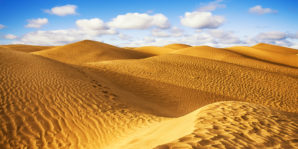
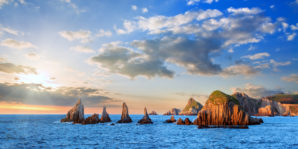

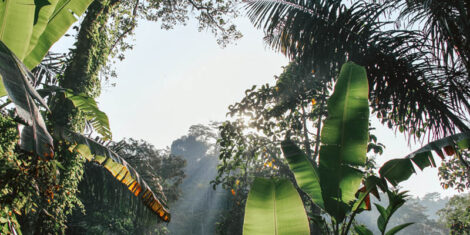
Was this information useful to you?
Yes NoThank you for visiting us :)